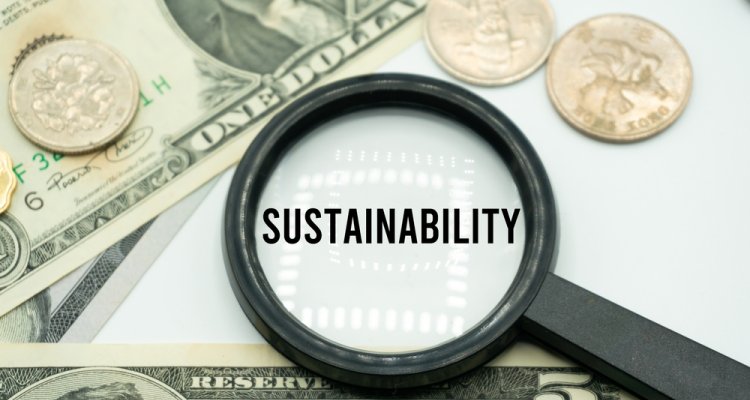
Project
Towards a stewardship economy
The current triple crisis of biodiversity loss, food insecurity and climate change is undeniably caused by human activities. The current institutions in the market economy have not been able to take responsibility to protect and conserve nature and biodiversity, in order to pass it on to future generations. Institutional configurations do not allow for systemic change, while ‘taking care of nature’ is largely left to the discretion of individual citizens.
In order to fundamentally change this negative trend, new institutional mechanisms are needed to guarantee that all societal decisions are based on the principle of net-positive impact on biodiversity, and to secure long term longevity of the planet. This is the basic idea of a stewardship economy, which aims at building an economy in which all decisions should reduce negative impact on biodiversity as little as possible, as a good steward would do. Whenever reduction of biodiversity is inevitable, specific biodiversity losses should be compensated with biodiversity improvements of equal value.
However, how to define these values, and more importantly, who defines these values, and who ensures that biodiversity values, social values and economic values are correctly weighted, especially in cases of unavoidable trade-offs? Currently, some companies work on more inclusive accounting systems that try to represent the effects of their decisions on biodiversity and to create ‘no net loss’ or net positive biodiversity. Meanwhile, pro-active civil society initiatives such as stewardship councils serve as ‘watchdogs’, to change corporate and civic behaviour towards more nature-inclusive behaviour. The purpose of this project is to define a Stewardship Economy based on the need to protect biodiversity values; to identify stewardship practices that are relevant from the perspective of biodiversity inclusive decision making; to develop true cost accounting principles relevant to include biodiversity values into decision making on all scales; and to evaluate the role of institutions that may be relevant for biodiversity inclusive decision-making.